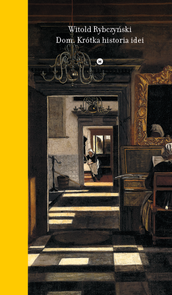DESIGN AND RESEARCH
A recent article in Architect quoted Jérôme Chenal, a Swiss architecture professor: “Design is not research, that is just speculation . . .” Exactly so. For years I have heard design studio teachers maintain that what they do with their students qualifies as research, and that it is an injustice that it is not recognized by the rest of the university as such. But Chenal is correct, design is speculation, not research. There is no real feedback. I suppose if a design were built and evaluated it might qualify as a sort of research, but studio work remains on paper—or,

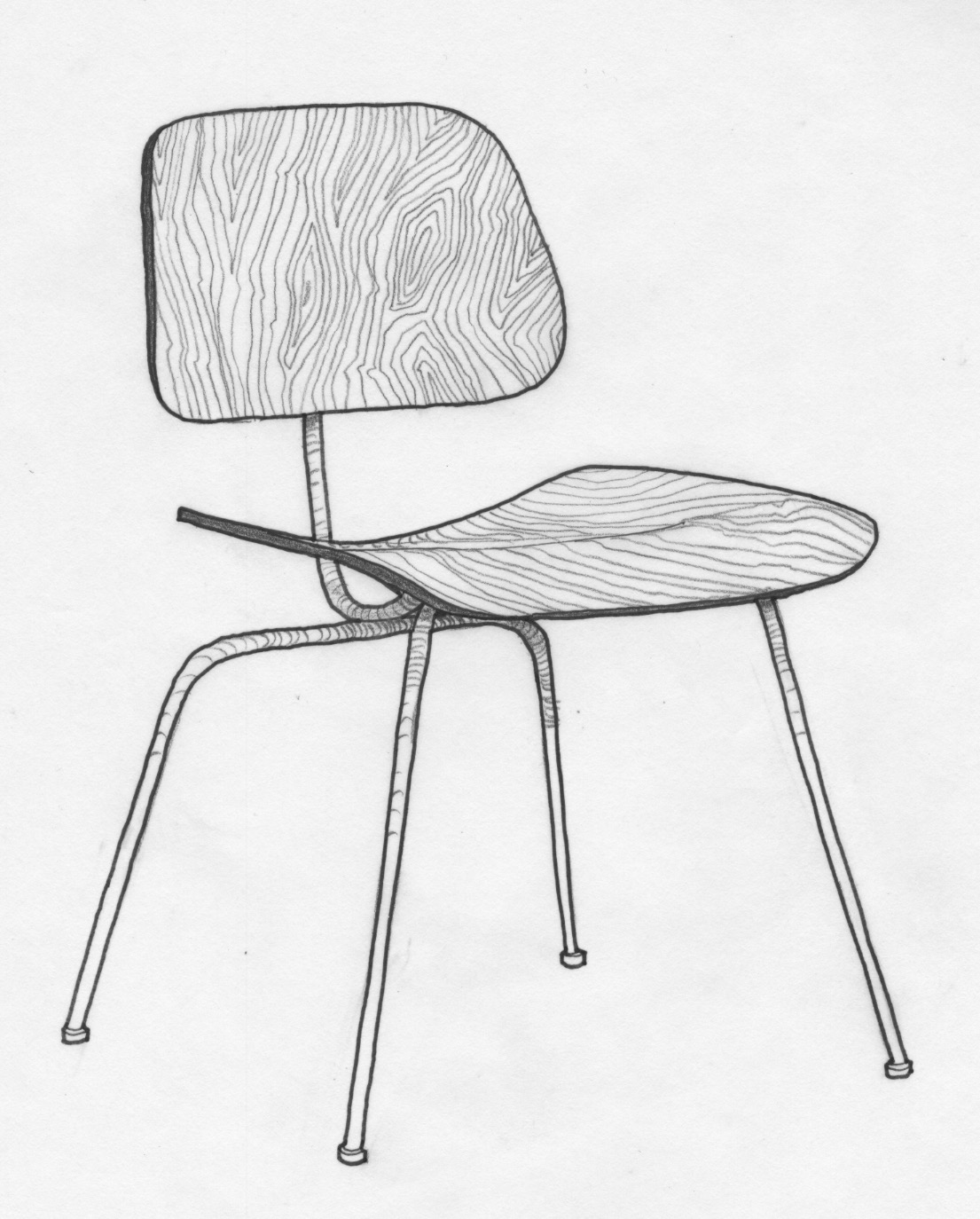
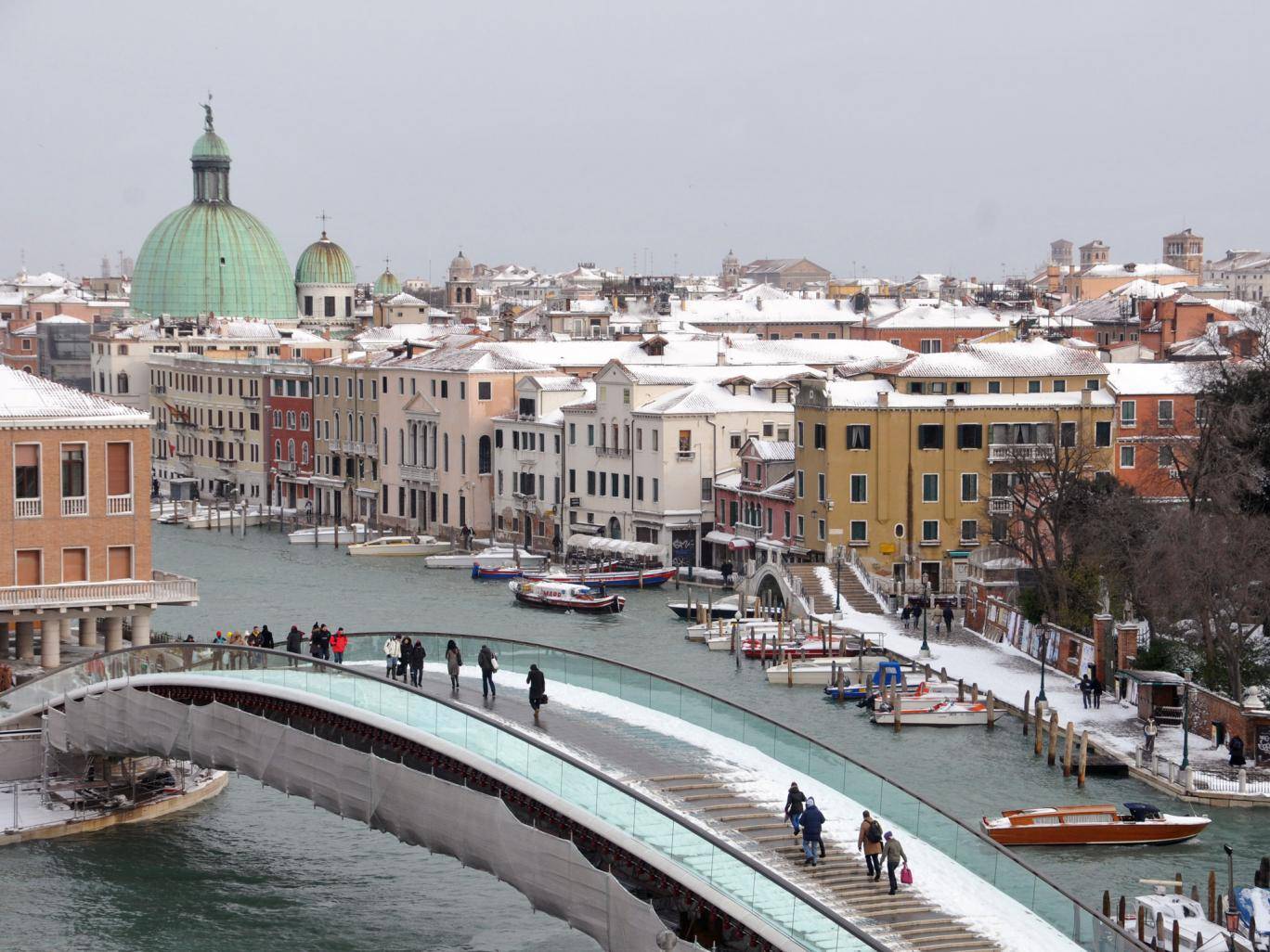
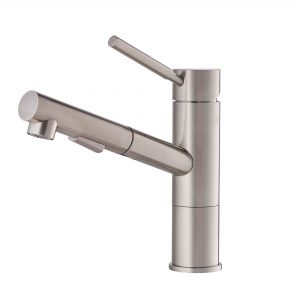 We recently replaced a kitchen faucet. The product is a typical example of globalization. The ceramic cartridge—the soul of a faucet—is made in Hungary, the aerator comes from Italy, and the rest of the faucet was manufactured and assembled in China. The company that markets the faucet, despite its name—Kräus—is not German but American, based on Long Island. I believe that the design is American, too, although the inspiration is German. It reminds me of the door and window handles that Walter Gropius designed in 1923. By the way, it’s an excellent faucet.
We recently replaced a kitchen faucet. The product is a typical example of globalization. The ceramic cartridge—the soul of a faucet—is made in Hungary, the aerator comes from Italy, and the rest of the faucet was manufactured and assembled in China. The company that markets the faucet, despite its name—Kräus—is not German but American, based on Long Island. I believe that the design is American, too, although the inspiration is German. It reminds me of the door and window handles that Walter Gropius designed in 1923. By the way, it’s an excellent faucet.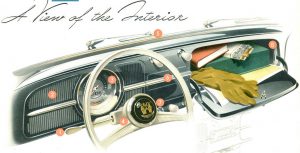 My first car was a Volkswagen. It was a 1960 model bought in Hamburg in 1967, and it carried me without a hitch as far as Valencia (which is where it was stolen, but that’s another story). I’d never driven a VW before, but the simple controls required no advance knowledge. The only gauge was a large speedometer that included an odometer, turn indicators, and two (unidentified) warning lights, one for oil pressure and one for the alternator/generator. A third warning light lit up when the gas tank was empty, which required flipping a switch to access the reserve tank (about a gallon,
My first car was a Volkswagen. It was a 1960 model bought in Hamburg in 1967, and it carried me without a hitch as far as Valencia (which is where it was stolen, but that’s another story). I’d never driven a VW before, but the simple controls required no advance knowledge. The only gauge was a large speedometer that included an odometer, turn indicators, and two (unidentified) warning lights, one for oil pressure and one for the alternator/generator. A third warning light lit up when the gas tank was empty, which required flipping a switch to access the reserve tank (about a gallon,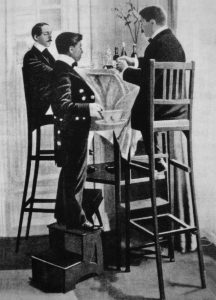 Isabella Lobkowicz kindly sent me a copy of her recent book, Almost 100 Chairs for 100 People. “It’s curious how many designers design chairs,” she writes in the Foreword, “but nobody seems to think about the characters who are going to use them.” Princess Isabella (she is married to a Bohemian prince) rectifies this situation with a delightful sketchbook—published by
Isabella Lobkowicz kindly sent me a copy of her recent book, Almost 100 Chairs for 100 People. “It’s curious how many designers design chairs,” she writes in the Foreword, “but nobody seems to think about the characters who are going to use them.” Princess Isabella (she is married to a Bohemian prince) rectifies this situation with a delightful sketchbook—published by 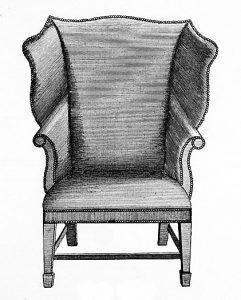 In connection with the publication of
In connection with the publication of 